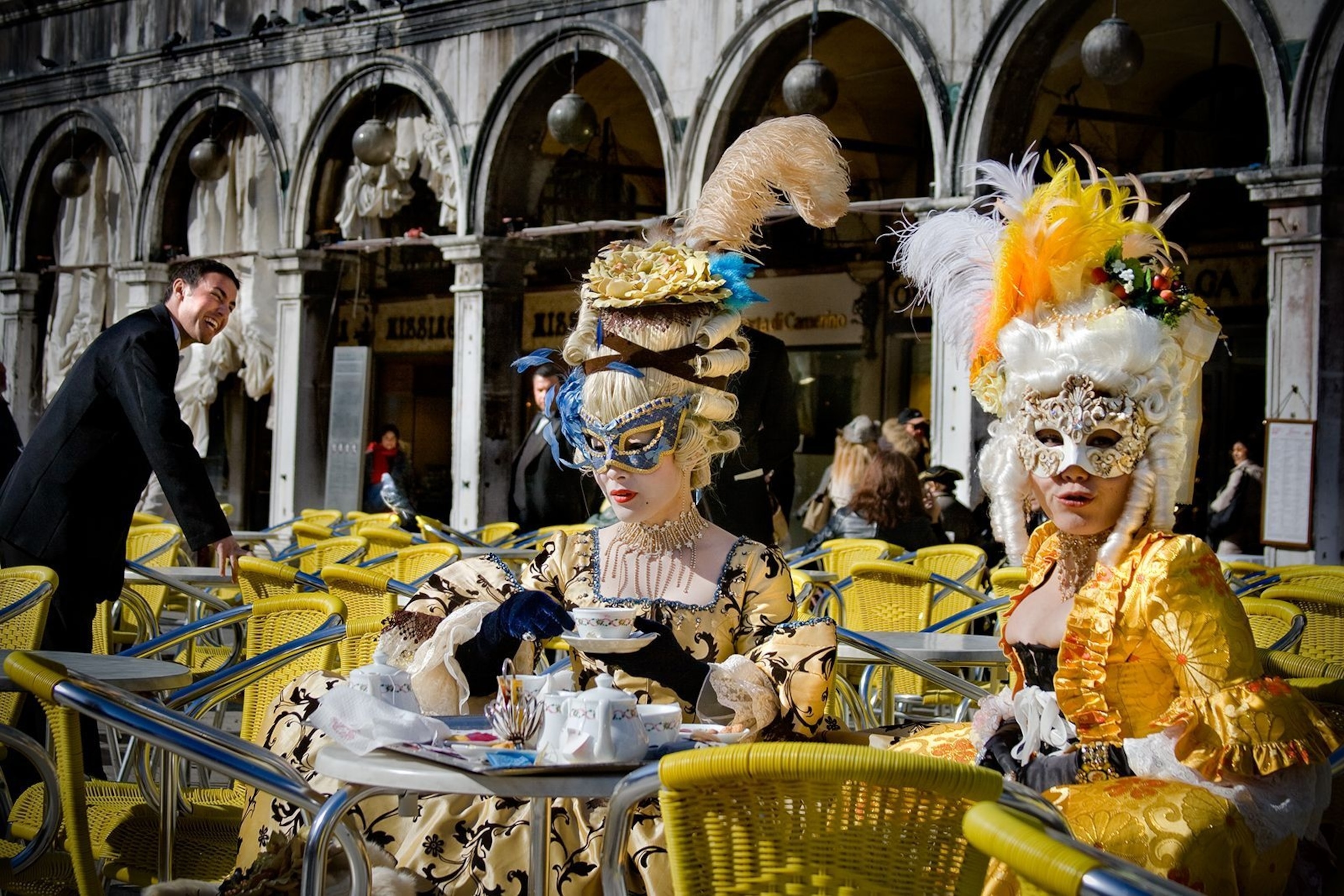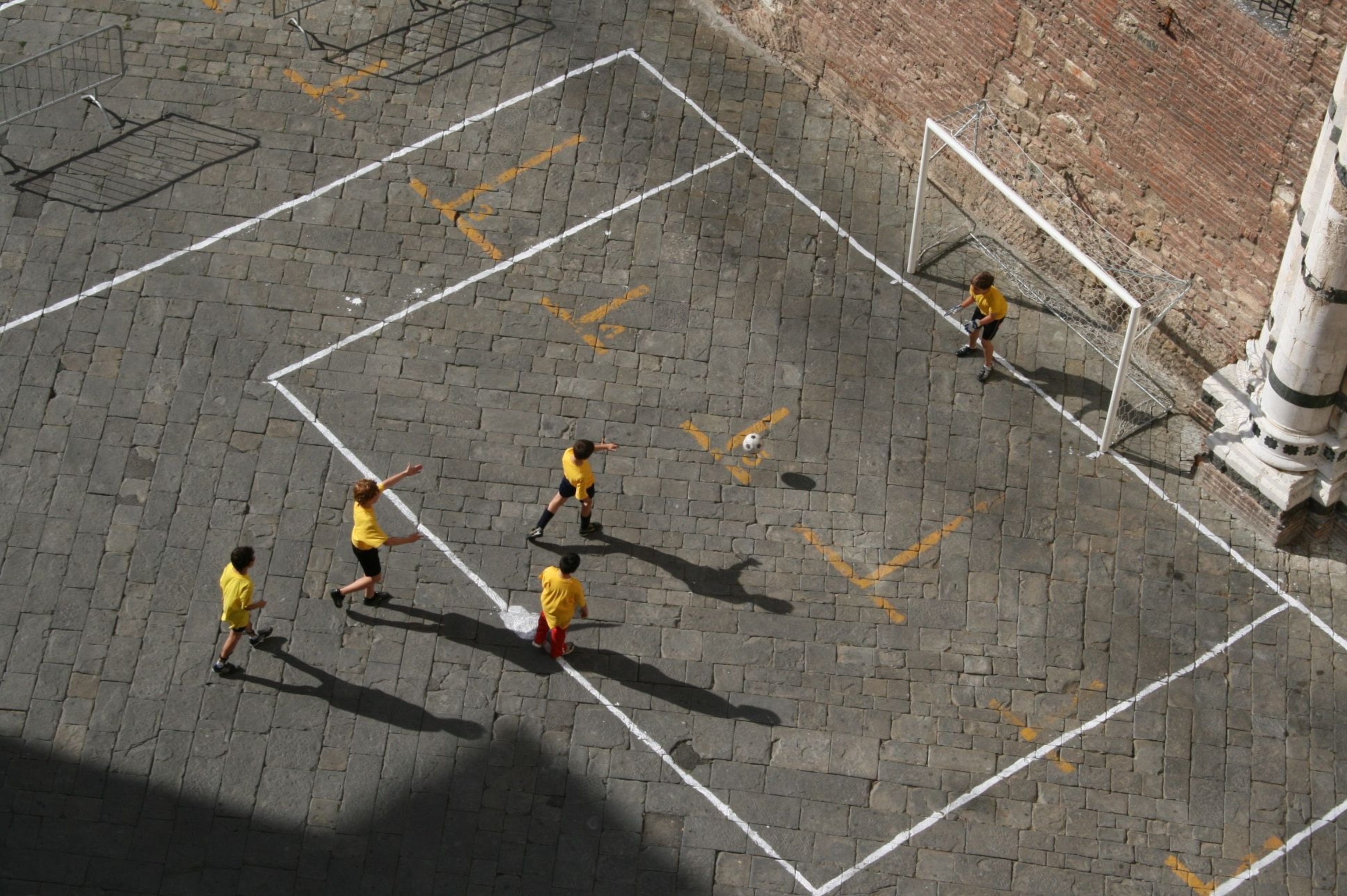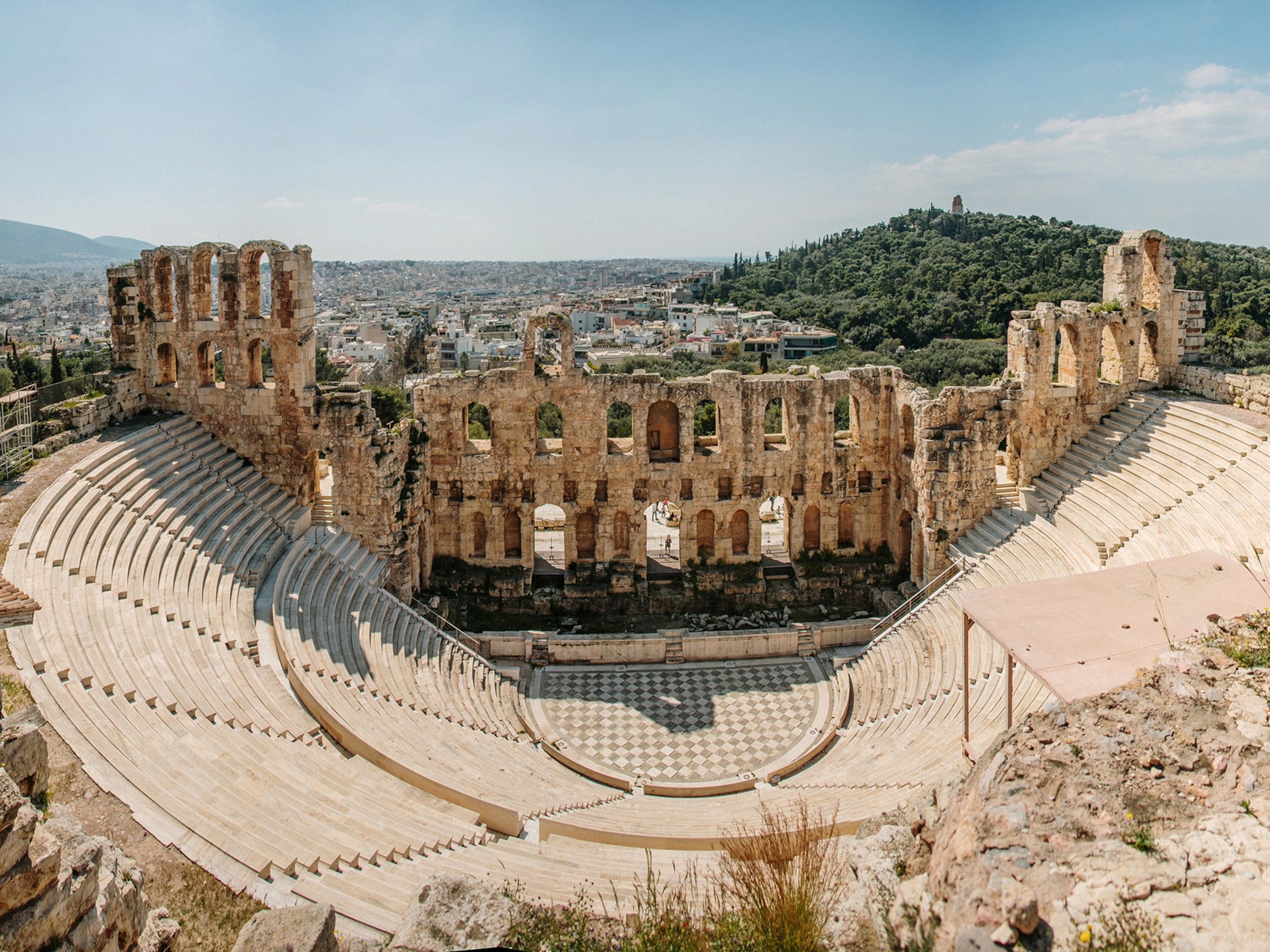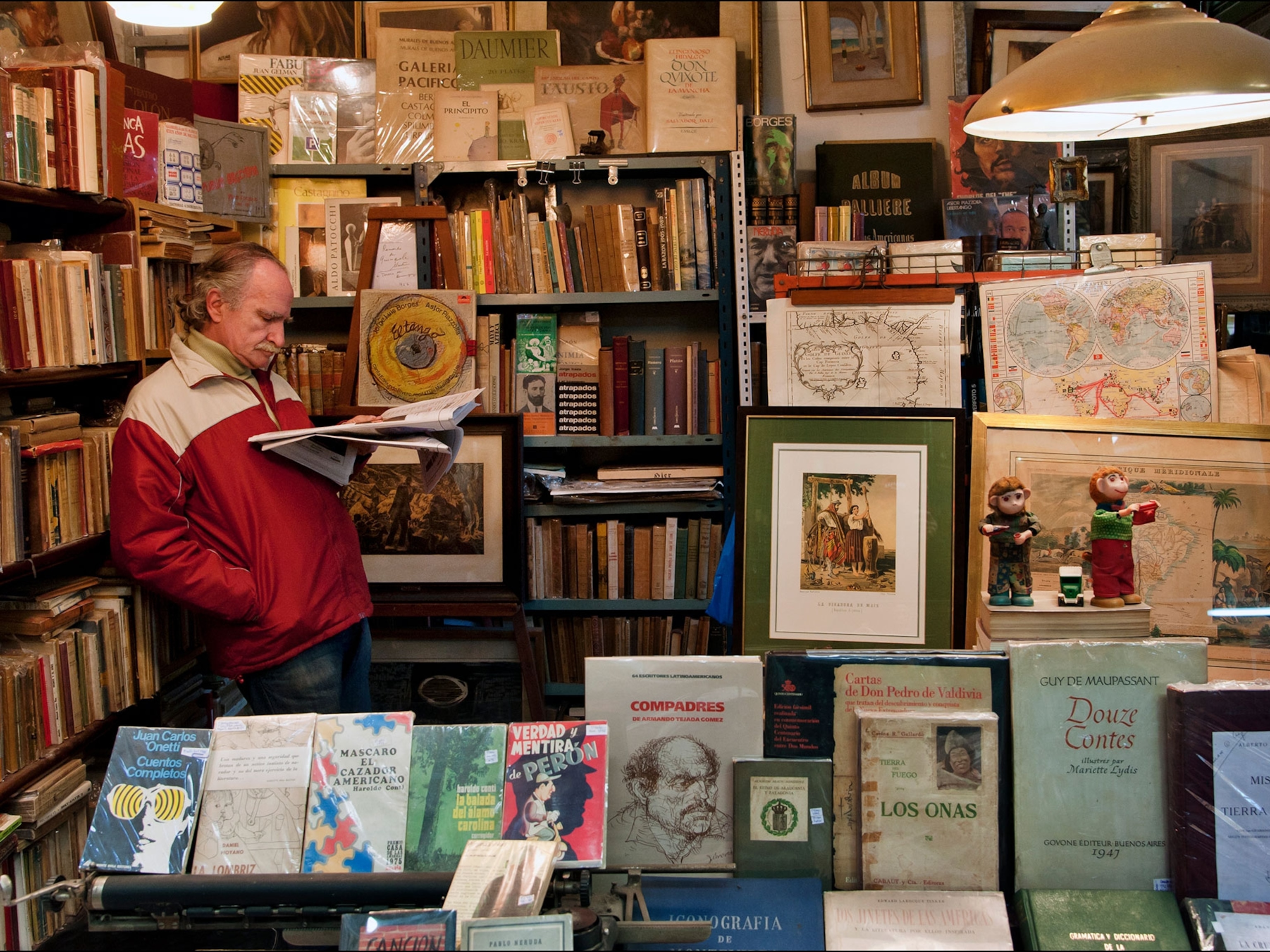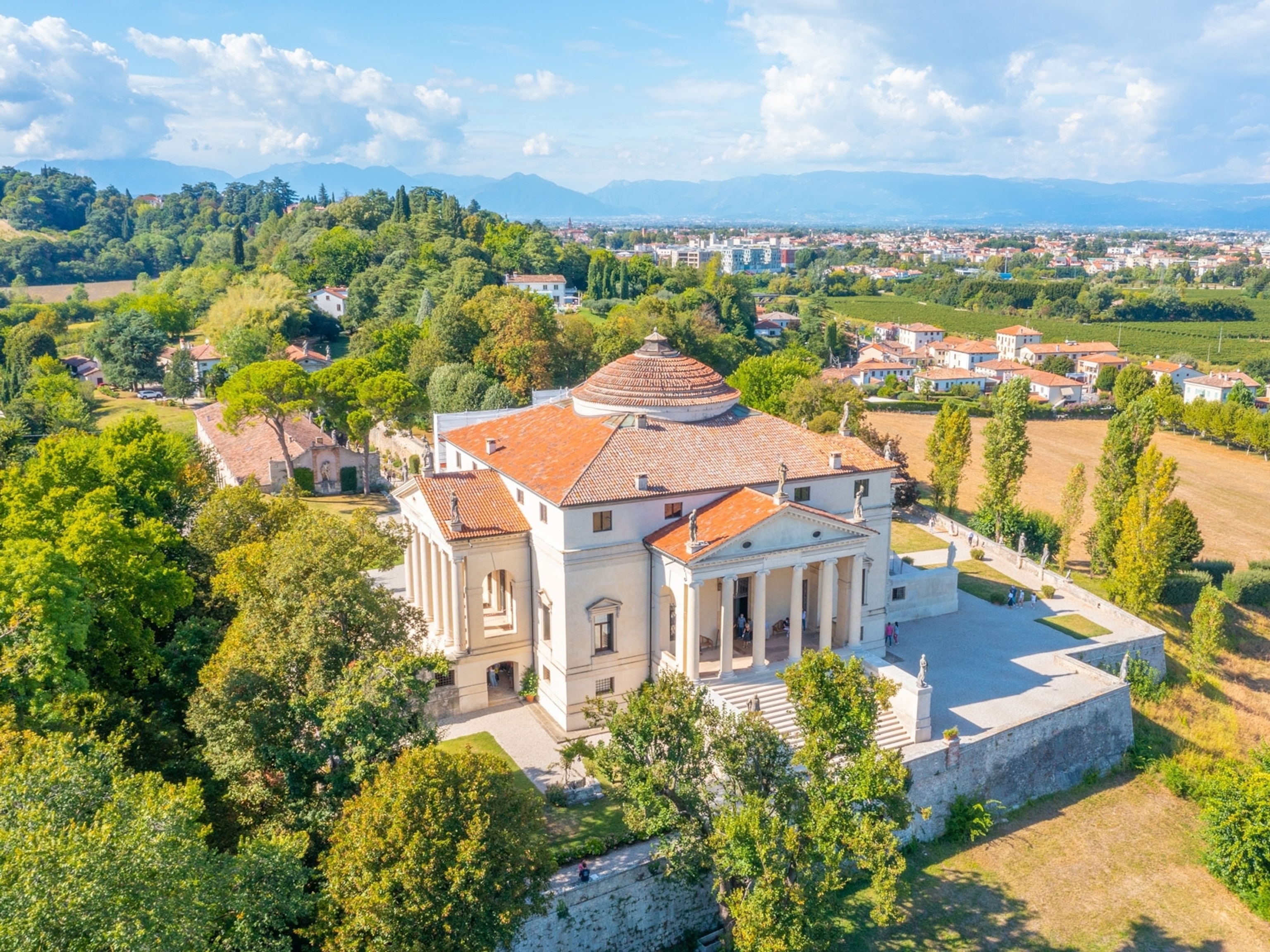
Visit the World's Oldest Anatomical Theater
Follow the footsteps of some of the greatest medical minds in history.
In the heart of the medieval center of Padua in northern Italy, the world’s first permanent anatomical theater preserves the history of modern medicine. While anatomists used temporary theaters to study the human body since the mid-1400s, Padua’s enduring structure, inaugurated in 1595, marked a definitive shift in medical education.
“To build a permanent theater for anatomy was in some sense revolutionary because it meant to place anatomy as the foundation of medical studies,” says Fabio Zampieri, an associate professor at the University of Padua who studies the history of medicine.
During lectures, around 250 students and professors observed the dissection of human cadavers—mostly executed criminals or deceased hospital patients. The space was designed for optimal viewing. The dim theater seems to mimic the shape of an eye or telescope, according to Zampieri—a conical space with six elliptical rings circling skyward. Inspired by Roman amphitheaters, the coiled structure is built from a combination of wood, including larch, Norway Spruce, and walnut. Under the main entrance, a 16th-century Latin inscription reads, “This is a place where the dead are pleased to help the living.”
Today, the theater remains in its original location and condition, except for two additions made by anatomist Francesco Cortese in the 1800s. Cortese introduced a skylight and elevated the dissection table to increase visibility of the body. Prior to these addendums, candles were placed around the cadaver. Since there were no external windows, autopsies only took place in the winter months, when cold temperatures preserved the body throughout the three to six-day dissection period.
The theater provided a staging area for some of the greatest medical minds in history, including Andreas Vesalius, author of De humani corporis fabrica, surgeon Hieronymus Fabricius, William Harvey, and Giovanni Battista Morgagni, the father of modern anatomical pathology.
By 1872, after nearly 250 years of continuous use, the medical school was forced to move from Palazzo Bo due to its growing size and popularity, but its legacy remains a point of pride for Paduans.
Know Before You Go:
The university lies in the center of medieval Padua and can be reached by bus, train, or tram. Cars are not permitted in parts of the historic center, and the neaest parking lot is a 15-minute walk. The theater offers 45-minute, guided tours Monday through Saturday in English and Italian starting from the Palazzo Bo. Check the website for up-to-date tour information, including winter tour hours.
- National Geographic Expeditions





































